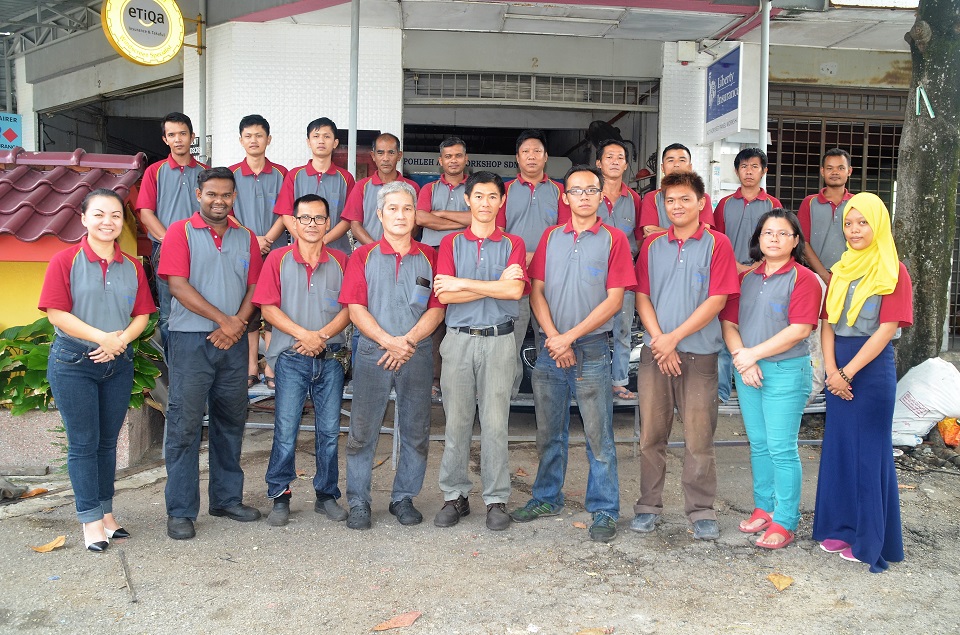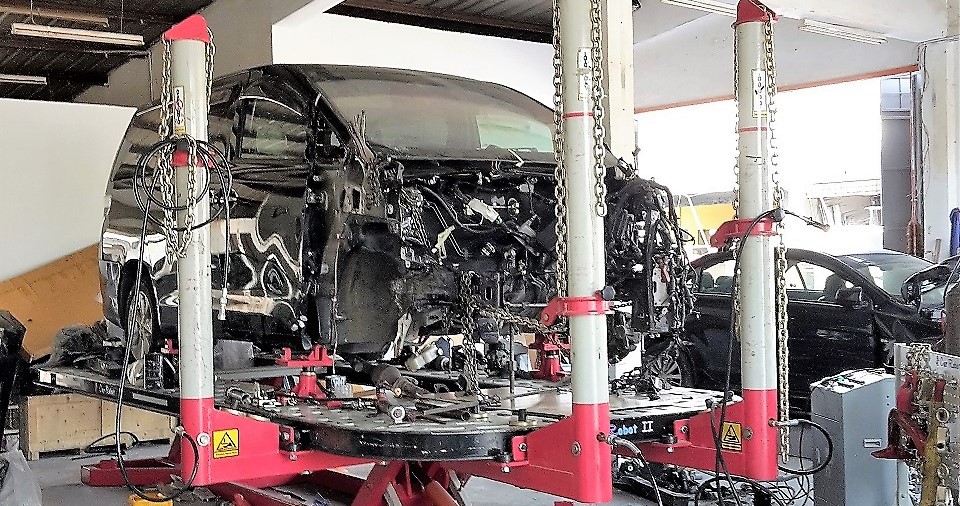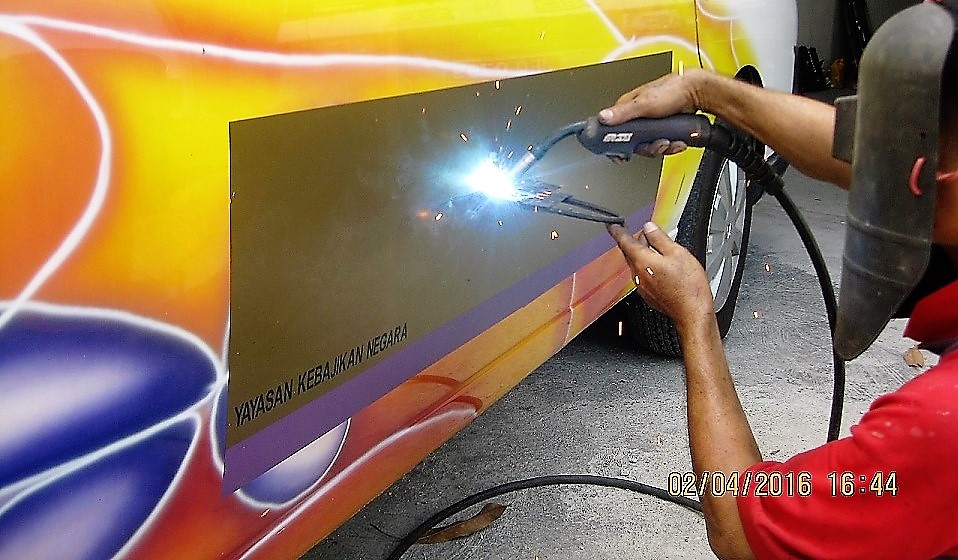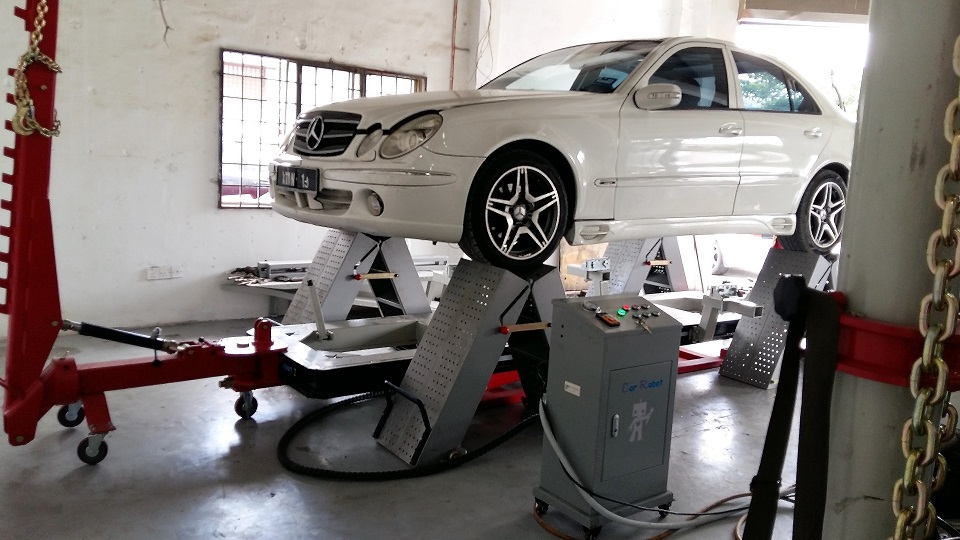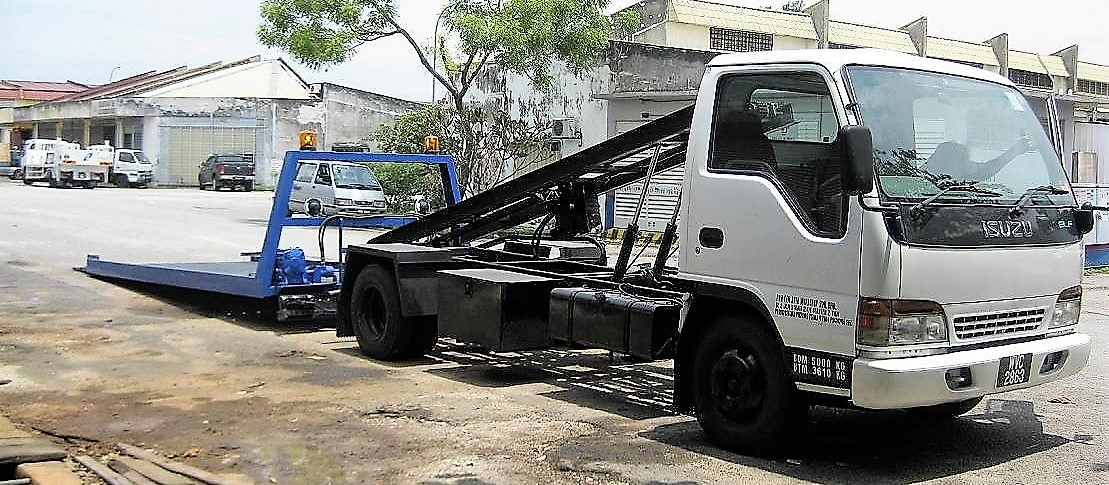Incorrect alignment can result in rapid and irregular tire wear and affect the vehicle's handling and safety.
Wheel alignment is generally affected by an accident, hitting road potholes, or excessive wear to steering or suspension components. Aligning wheels and tires to the specifications required by a vehicle is an important way to guarantee a smooth ride and get the most out of your tires.
The direction and angle at which tires are set are both important. Wheel alignment involves checking the direction and angle against vehicle manufacturers’ specifications and is equally important. You may hear these described as toe in, toe out, positive camber, or negative camber.
The "Toe” refers to whether the front of the tires across an axle is closer or further apart than the rear of the tires. Different types of vehicles need different toe settings to allow for the way that wheels pull either towards each other or apart.
The "Camber” is a tire's inward or outward tilt, and the manufacturer specifies it. Potholes in the road can affect it, so it needs to be checked regularly to see if any adjustment is required.
Incorrect wheel alignment can result in rapid wear on the edges of the tire, which could affect the vehicle's handling and certainly mean a replacement earlier than would otherwise be required. An example reading would be 2-4-4mm or, as in the image (below right), 2-1-0mm.
It’s worth watching for unusual wear on your tires, such as premature wear on the inside or outside shoulder, which an incorrect camber setting could cause.
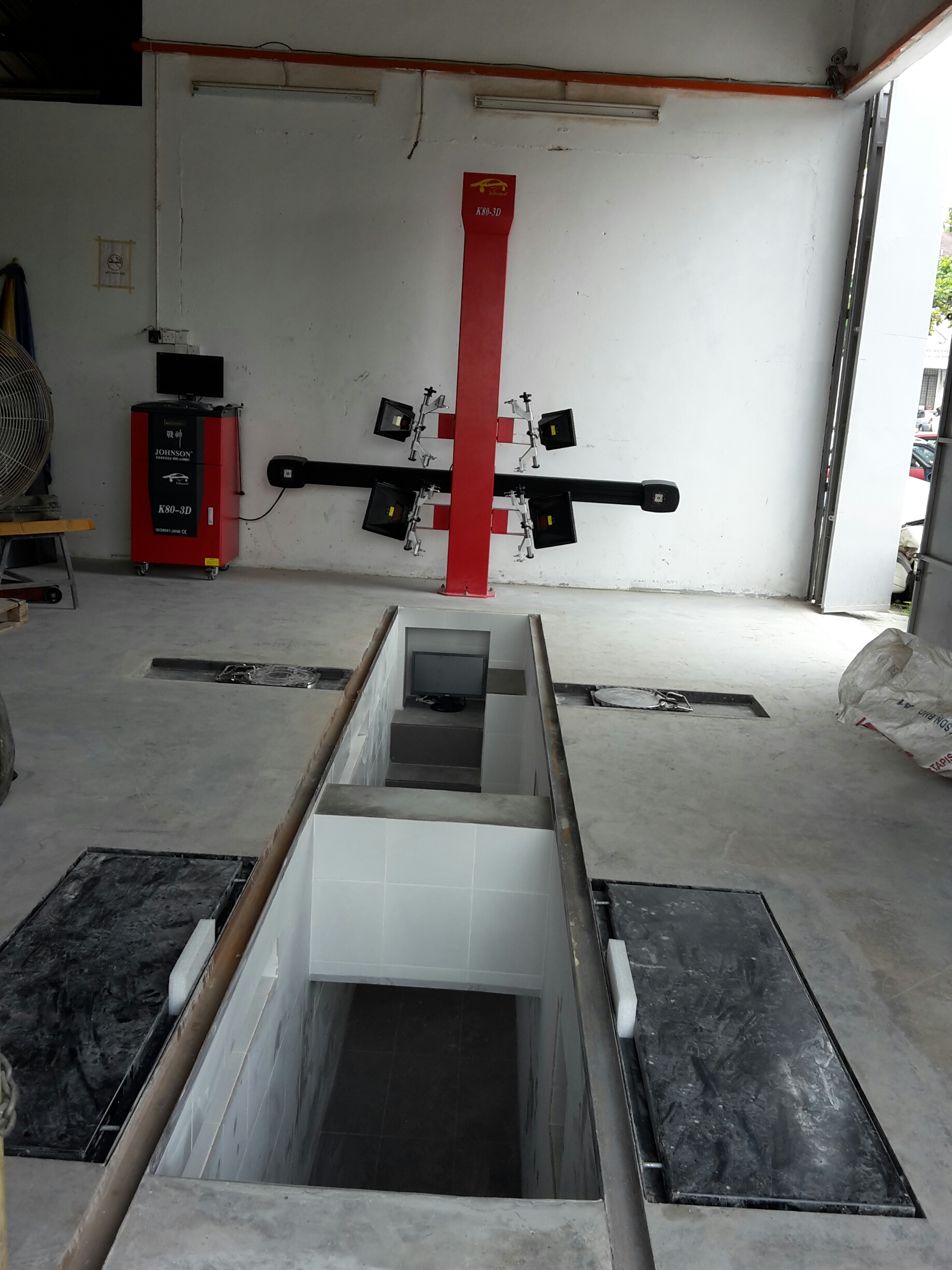

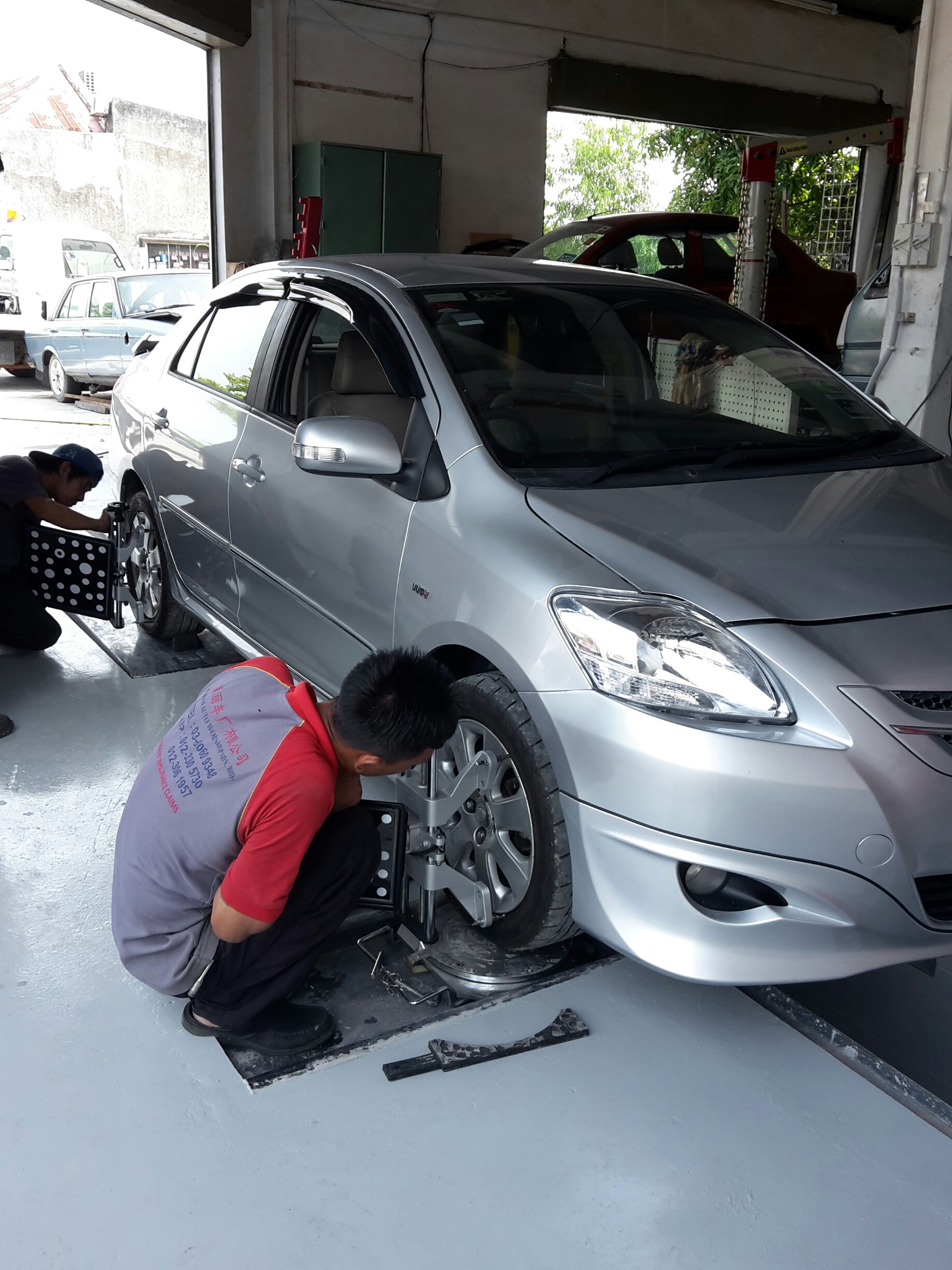

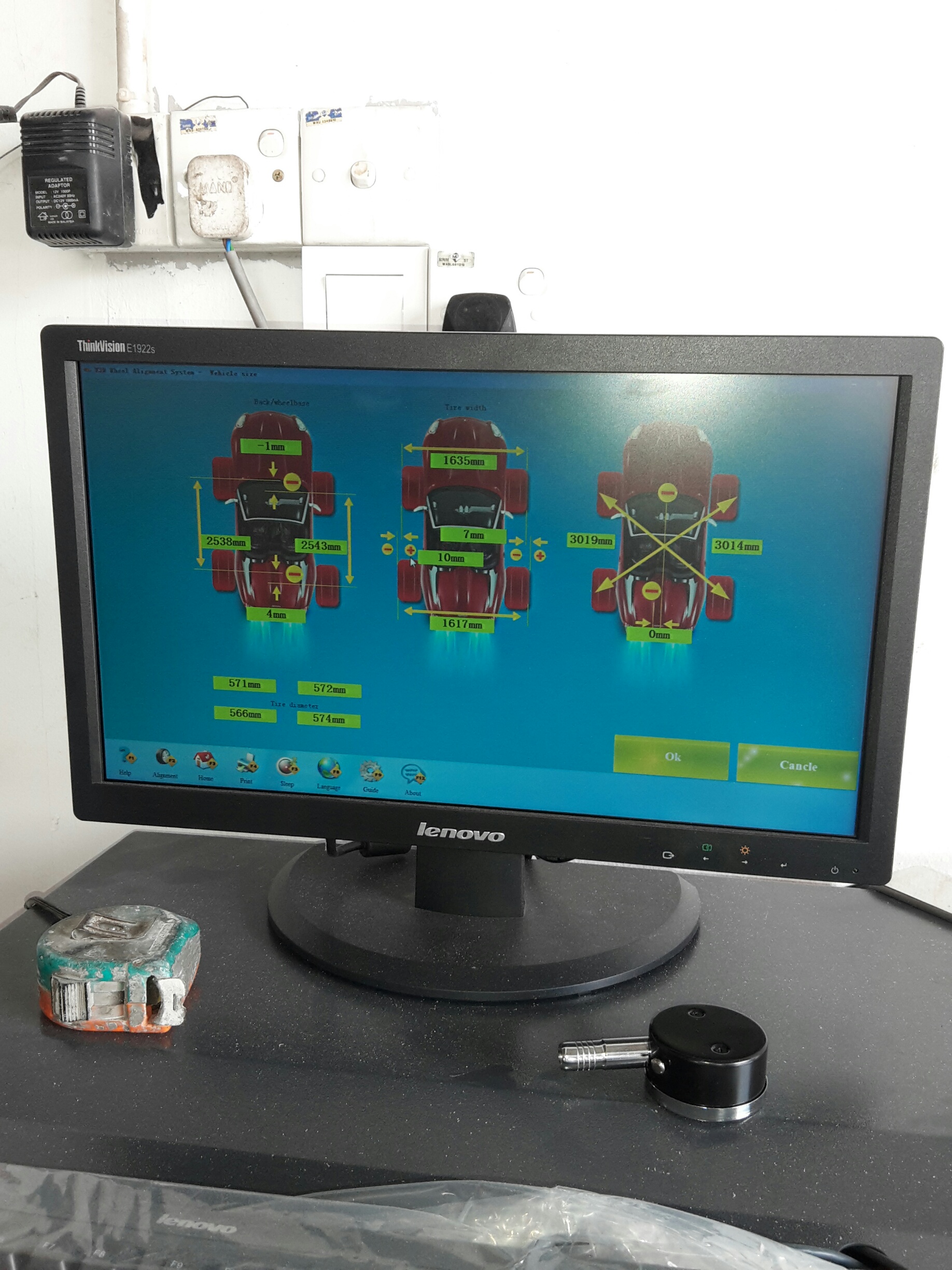
Category:
| -There is no product available. |
When there is more than one (1) panel required for repairs and/or replacement, a chassis rail has been damaged or displaced, there will be corrosion damage, and the vehicle structure has deformed or collapsed.
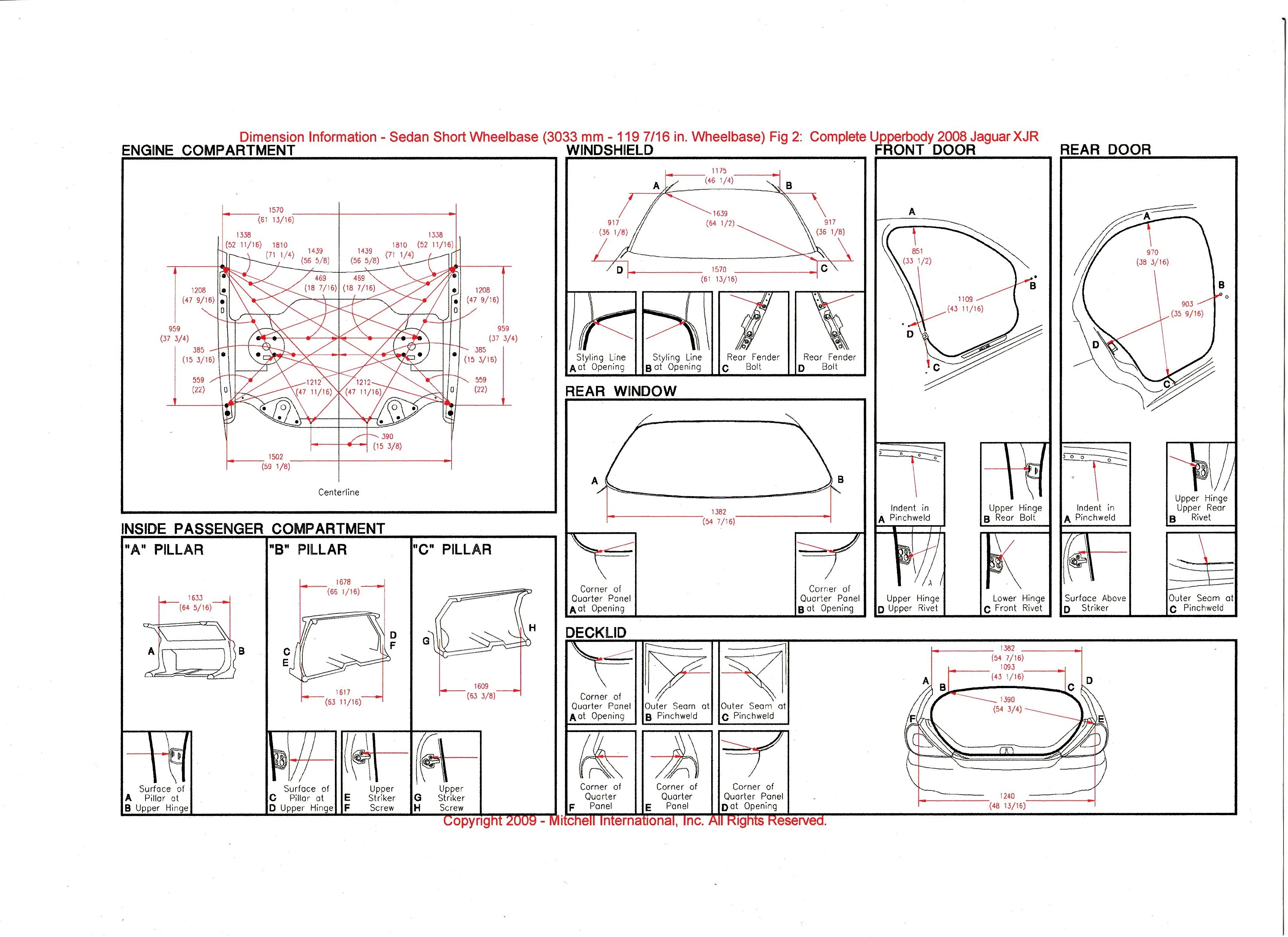

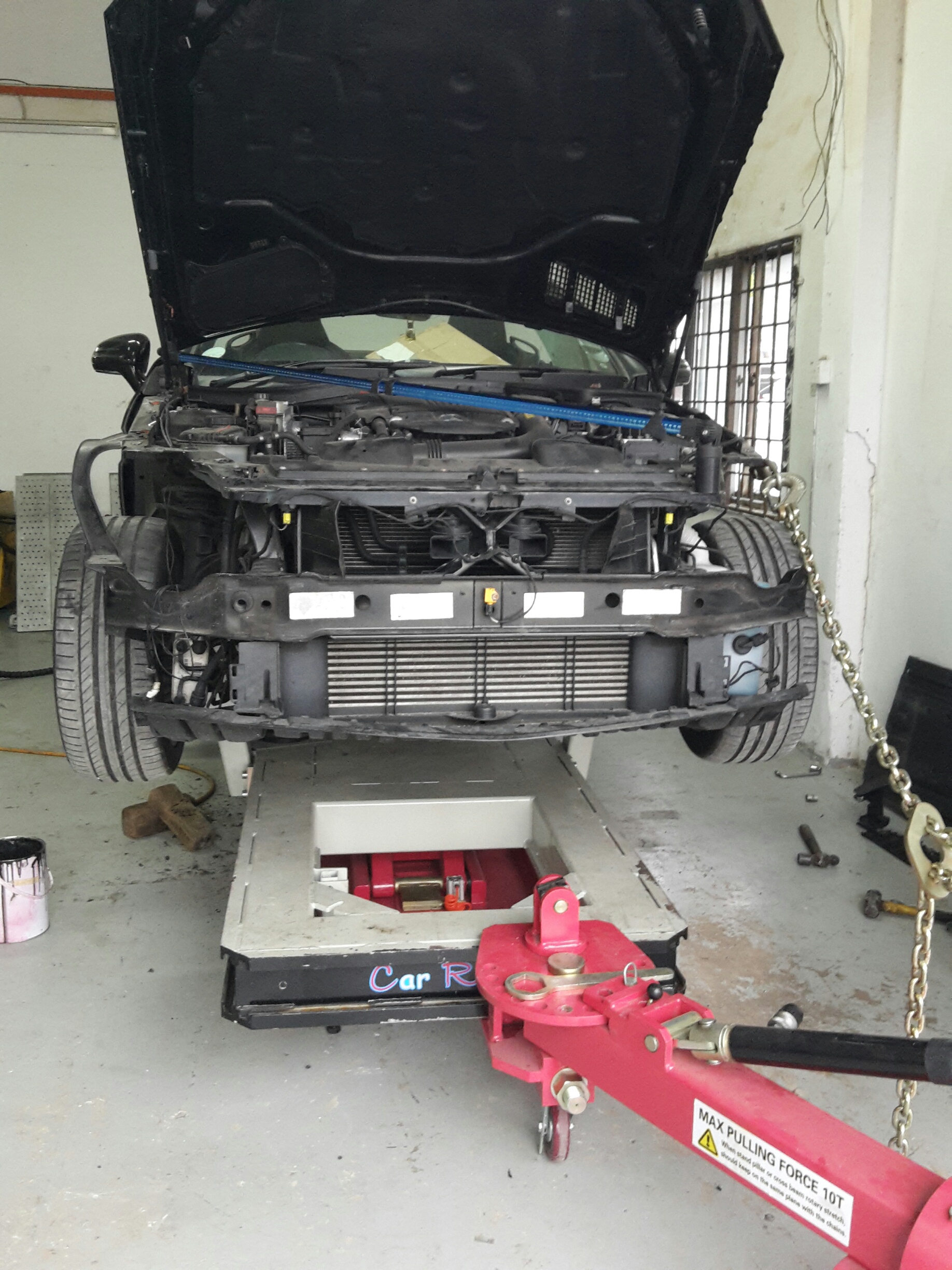
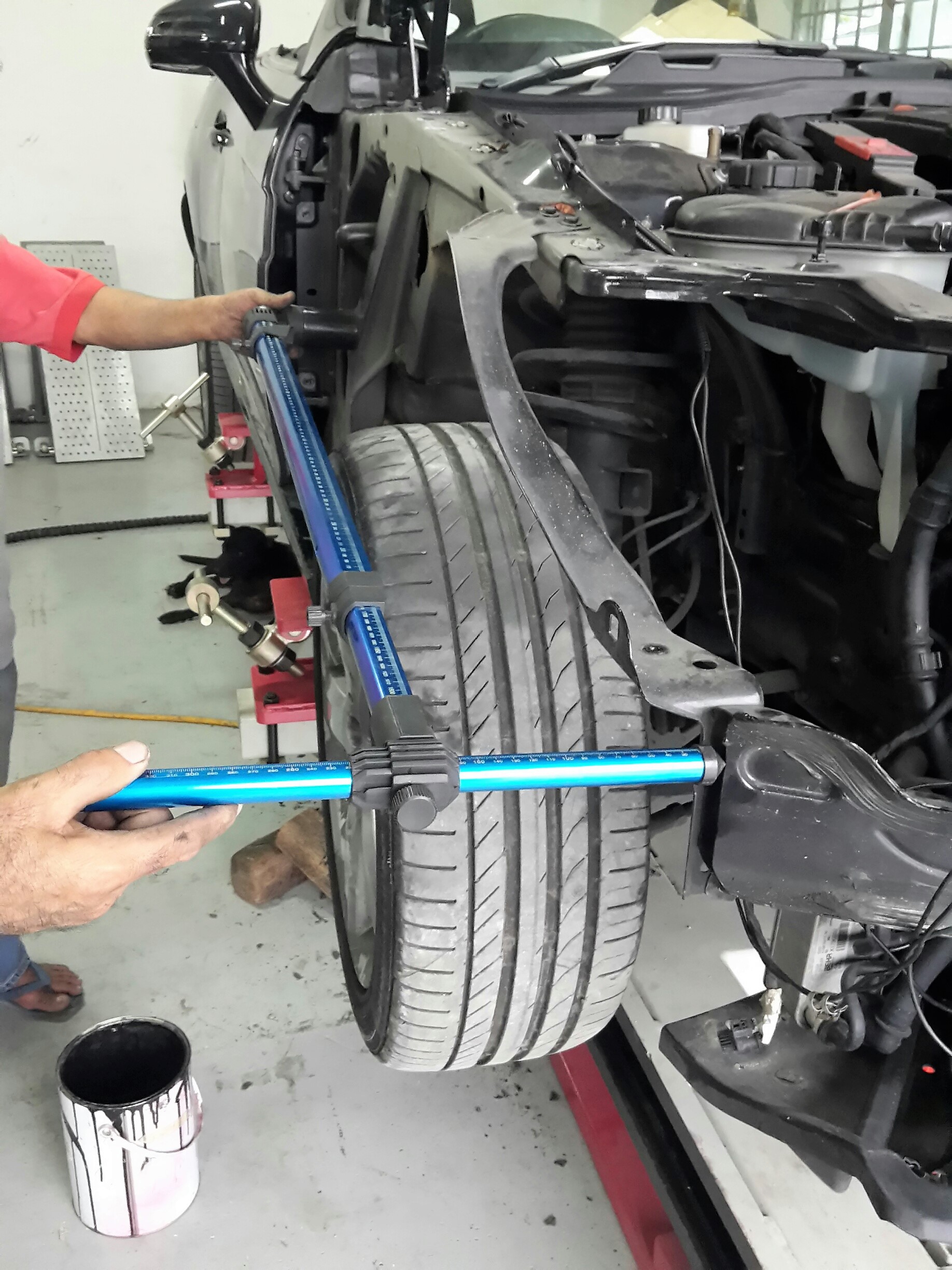

Car Robot Collision Repair System provides equipment that helps us repair even the badly
damaged vehicles. It is a collision repair system that provides collision repair facilities with
a way to upgrade/expand the system according to the growing needs of repair volumes
Productivity because we understand the importance of fast and accurate repairs.
Car Robot Collision Repair Machine can handle all passenger cars, SUVs, and vans. The Star/
Starblock fasteners are used to mount vehicles without pinch welds. The Car Robot Collision
Repair System includes the standard Car Robot straightening bed with quick sill clamps for
quick vehicle mounting. Additionally, it uses the already familiar straightening tower, which
gives speed and working comfort to straightening. Car Robots can be made longer using
telescope structure extension beams, which give a long structure to the straightening bench.
This allows the bench to work perfectly in demanding straightening work, such as
changing or straightening the entire roof or frame structures.

.jpg)
.jpg)
.jpg)


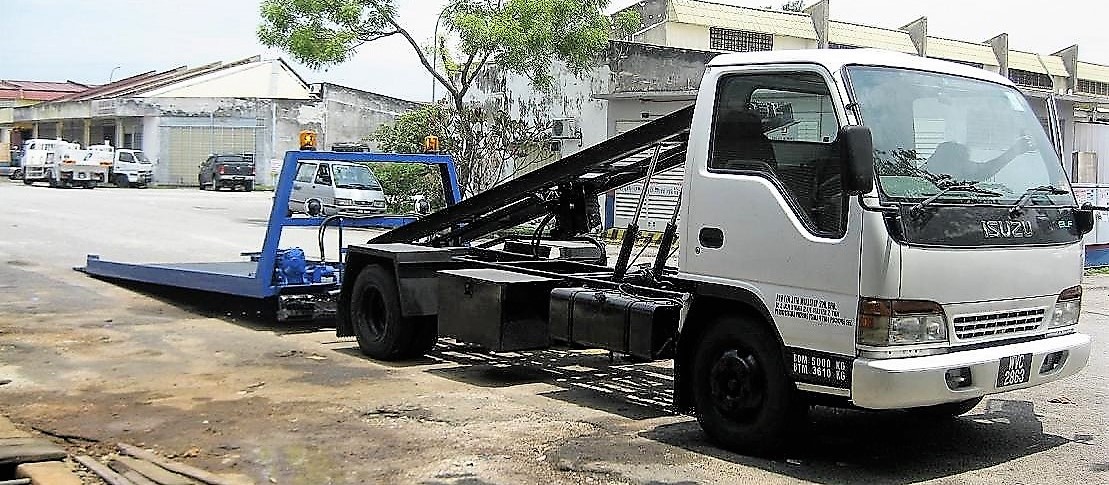
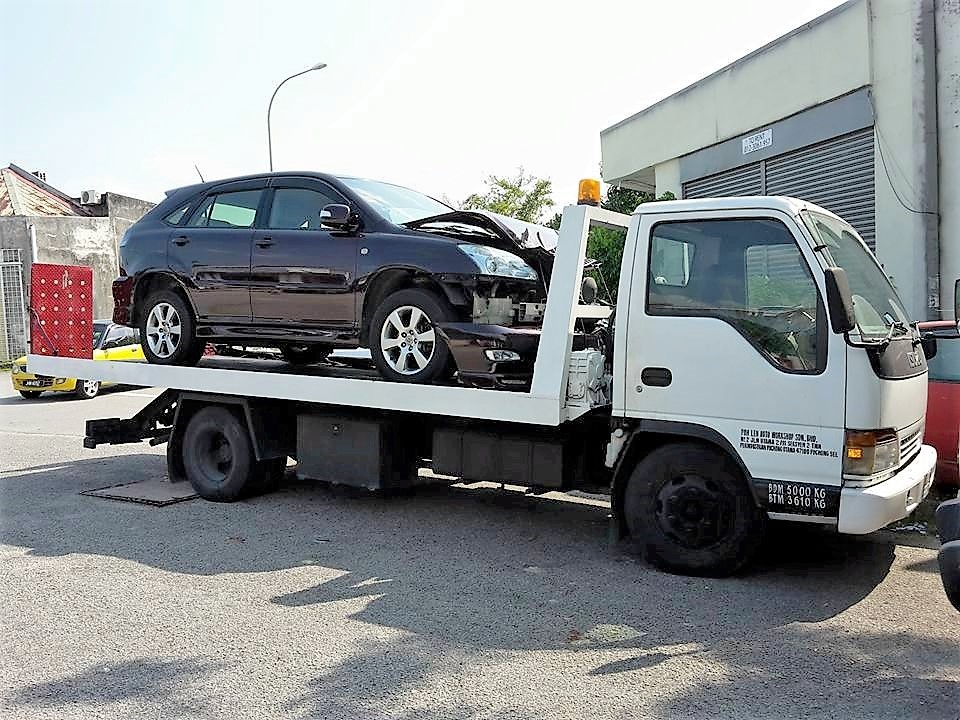
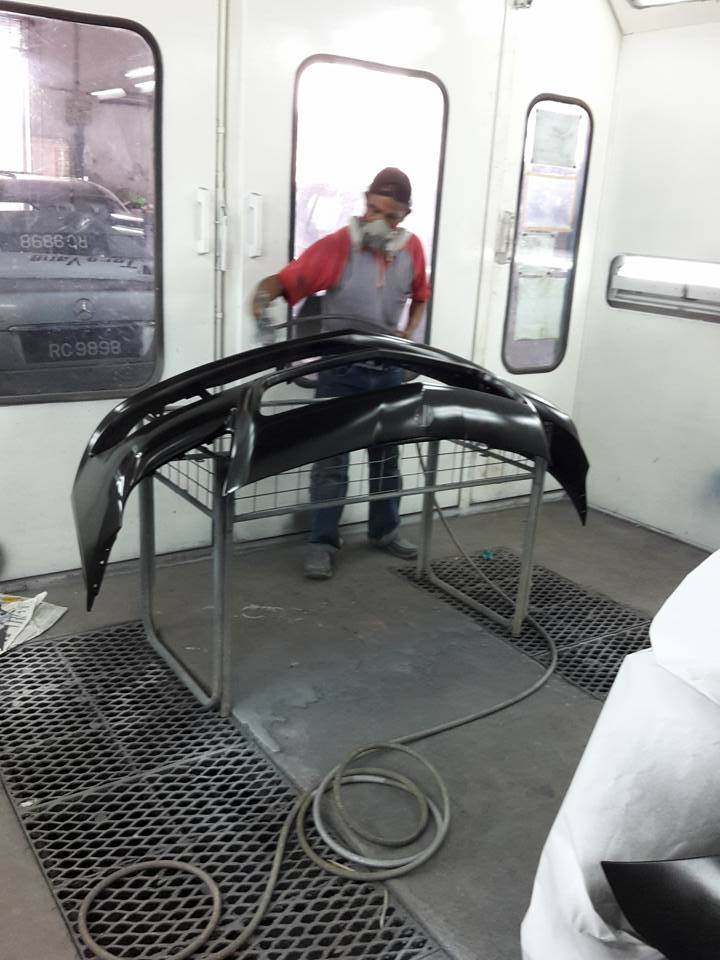
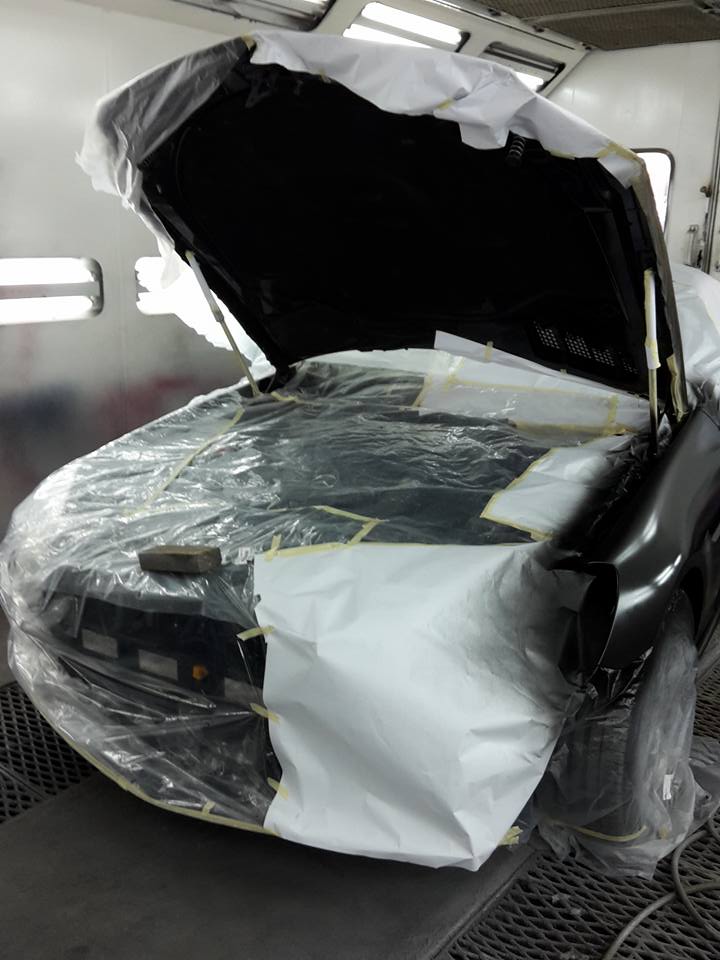
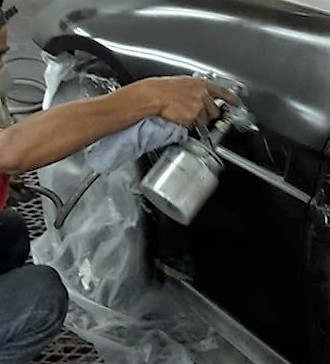
The suspension aids the vehicle in multiple ways since it connects the wheels to the car. When you go over rough terrain or potholes, the shock absorbers in the suspension dull the impact of the vehicle suddenly shifting. The suspension keeps the tires on the ground as much as possible, with coils constantly pushing the wheels down.
Good coils and shock absorbers mean you won't experience much loss of control as the wheels push downward when going over uneven surfaces. The tires must remain gripped to the road as the wheels spin, another suspension duty. The suspension keeps air in the tires, maintains tire pressure while driving, and keeps the tires grounded.
The suspension's repair and maintenance are important, given its many functions and responsibilities. Proper procedures will keep the vehicle functioning well.
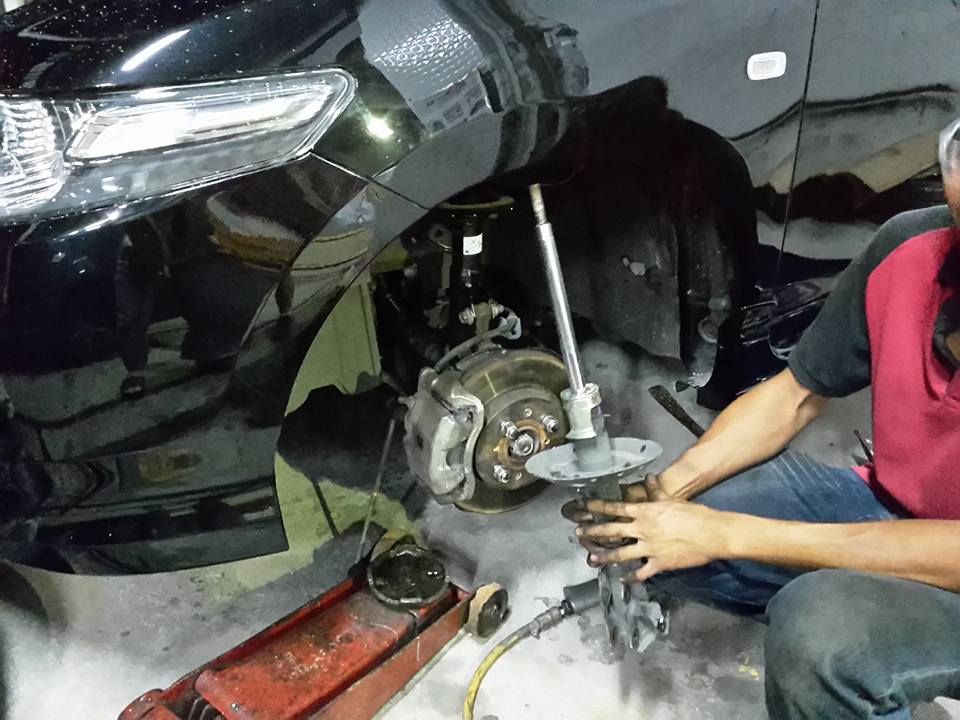
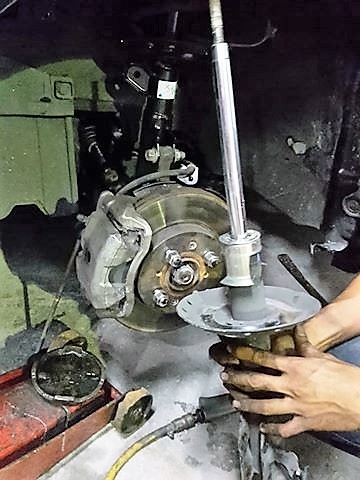
Without diagnostic software, customers may be frustrated. We are here to assist our customers in professionally scanning fault codes using our Autoland scanning tools. The scanning tools enable us to diagnose the problem easily so that we may solve the errors/issues, saving time and money.
